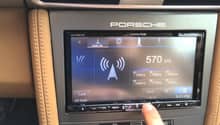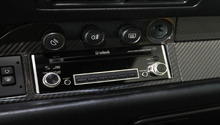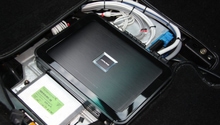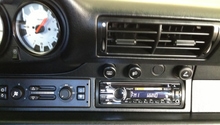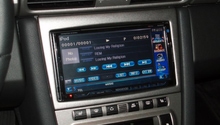Porsche 928: Aftermarket Stereo Modifications
The Porsche 928 is a factory born sports car, but unfortunately it seems its stock sound system got the raw end of the deal. When compared to modern day equivalents, its less than impressive. Read on to learn about a number of available audio system upgrades to your 928.
This article applies to the Porsche 928 (1979-1995).
Aren't you tired of the same old sound coming from the decades-old speakers? There are numerous upgrades available to give your Porsche 928 the premium sound it needs. Whether you just want to listen to a clearer newscast or rock out to your favorite band, custom audio kits can turn your car into a professional, quality music studio. This article covers some of the main audio options available for your 928.
Aftermarket Stereo Modifications
The four main units to focus on when upgrading your audio system are head units, speakers, subwoofers and amplifiers. A head unit is the center console that operates the music player, while amplifiers, subwoofers and speakers regulate and limit the amount of sound that the unit can create.

Head Units
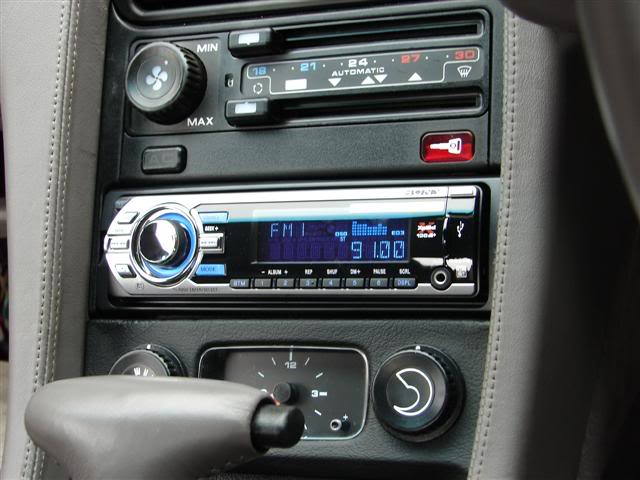
DIY Cost – $60 - $1,000
Professional Cost – $200 - $2,000
Skill Level – Moderate; Most installs are relatively easy to complete, but there are different types of head units available that have premium options and often include more work to install.
The head unit is the main console on a radio. Newer units can stem from simple analog knobs to high-tech flip-out touch-screen capabilities. Newer head units are also available with satellite radio programs, many of which come with a free offer and allow the owners to chose between an on-going subscription or trial service. Standard head unit upgrades generally include an auxiliary or USB port, so a driver can plug their media device in and play their audio services from there as opposed to using the radio.
Speakers

DIY Cost – $100 - $1,000
Professional Cost – $300 - $1,500
Skill Level – Moderate; Standard speaker installation includes removing and unplugging the older units to install the newer components. However, newer upgrades may include installing speaker boxes to custom fit the units, which does increase the installation price.
Some of the leading brands in speaker production are Kenwood and Pioneer. There are 4x6-inch replacements available for the 928 that fit without modification and are made from better materials, producing clearer sounds. For those interested in larger speakers, Cerwin-Vega makes 6-1/2" units that are designed to offer the best static-free experience. However, larger speakers will require special mounting brackets.
Amplifiers

DIY Cost – $30 - $4,000
Professional Cost – $150 - $4,400
Skill Level – Moderate; Like most audio installs the difficulty depends on what type of amplifier is being installed. Replacement 4-channel units can plug right in, while larger amps need to be relocated and wired into the head unit.
There are several sizes of amps available, all of which can produce thousands of watts of power. A good stock replacement amp is the Autotek 4-channel series. The most powerful available amplifiers are made by Orion, offering over 40,000 watts to easily power any extra audio components thrown on the car.
Subwoofers
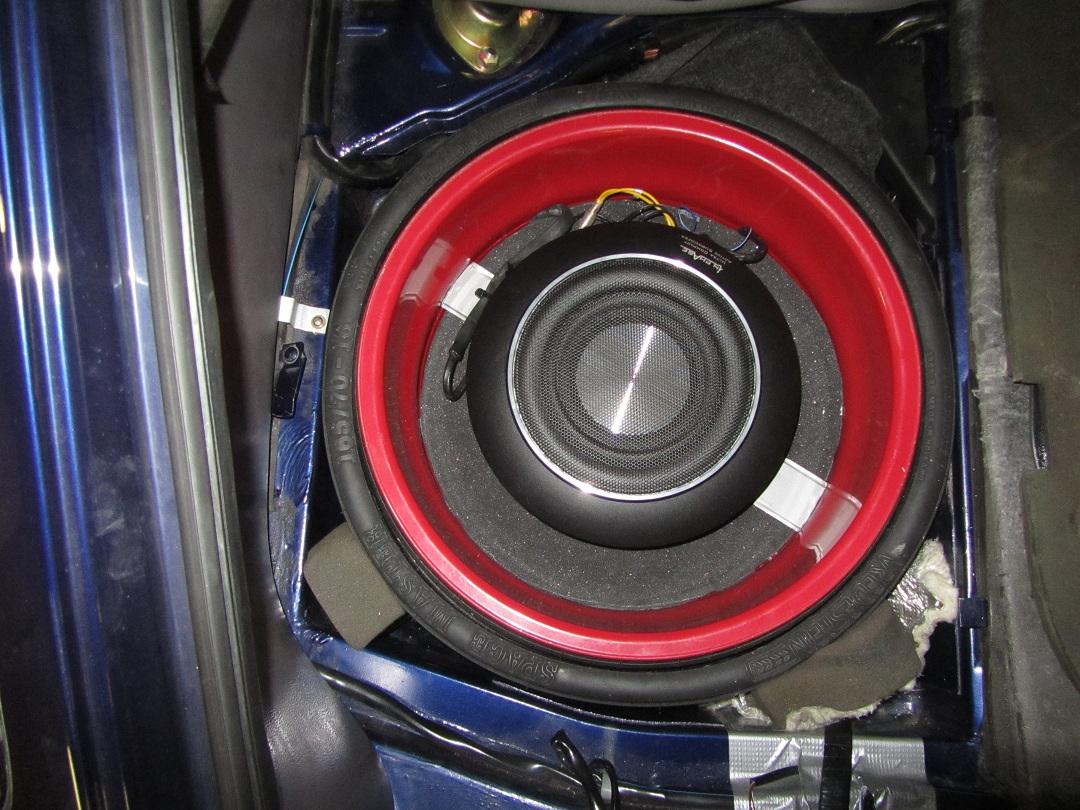
DIY Cost – $10 - $2,000
Professional Cost – $150 - $2,200
Skill Level – Moderate; A subwoofer requires a bit more electrical knowledge and will have to be properly wired into the head unit of amplifier.
For those that itch for bigger sound, speakers are not enough. Subwoofers offer options for deeper bass and an all-around louder sound system. Smaller subwoofers can be easily mounted inside the cabin of the vehicle, while larger units may require a sound box, commonly known as an enclosure. Enclosures can be created with basic tools and help keep the bass frequencies produced by the subwoofer consistent.
Pro Tip
There are thousands of options to choose from when installing an aftermarket sound system into your car. Do your research and find the best options in terms of sound, power and usability.
Related Discussions
- Porsche 993: Aftermarket Sound System Modifications - Rennlist.com
- My Sub-woofer Inside the Spare Tire Installation - Rennlist.com
- Aftermarket Stereo Systems - Rennlist.com

